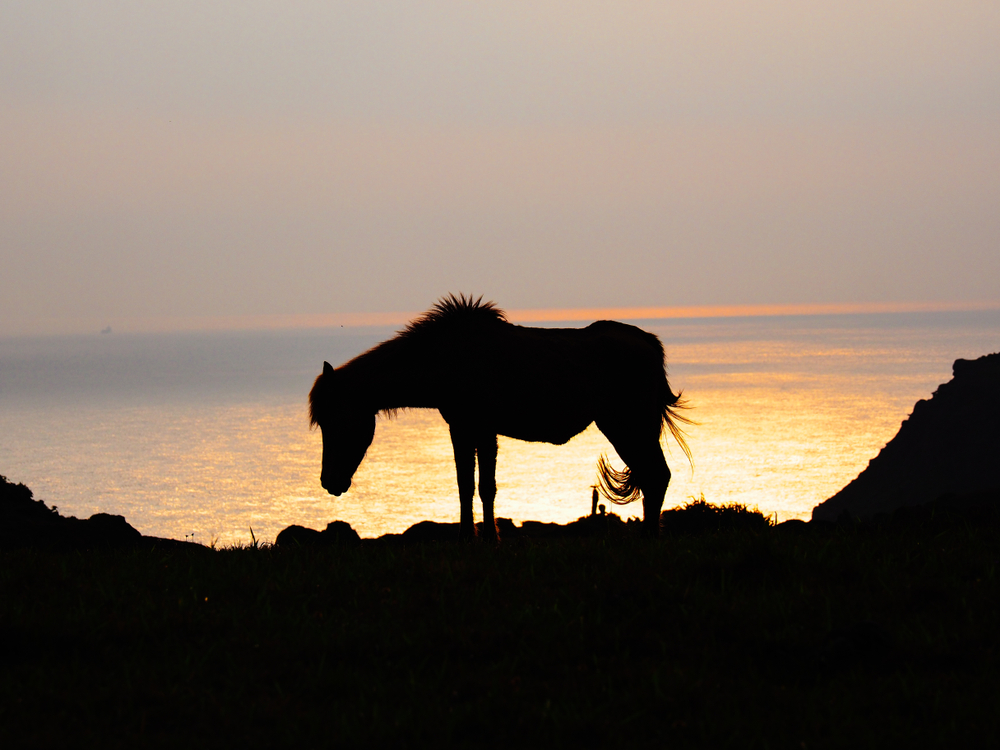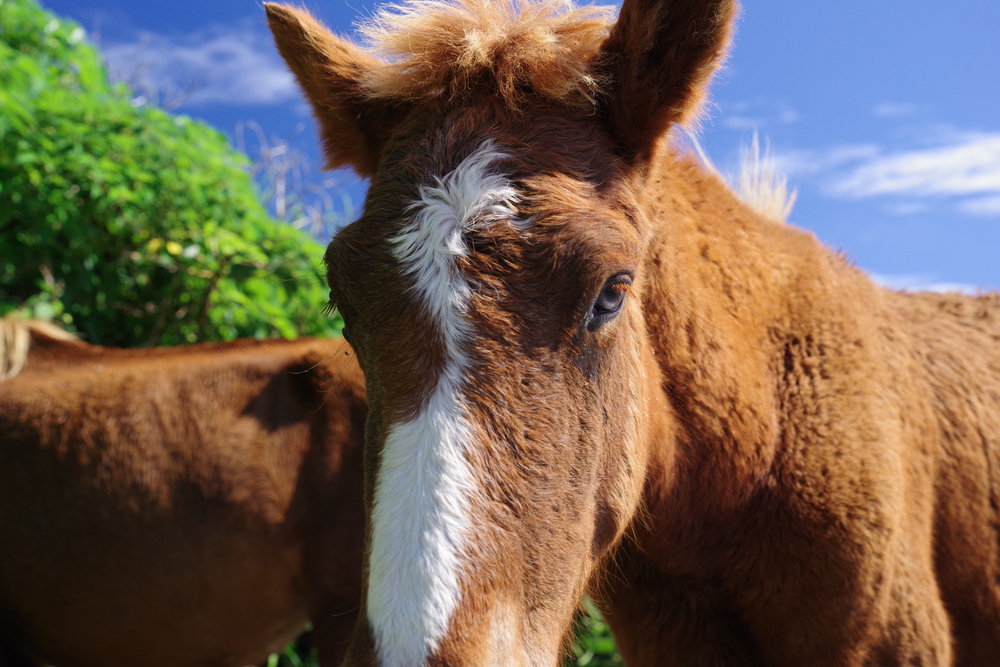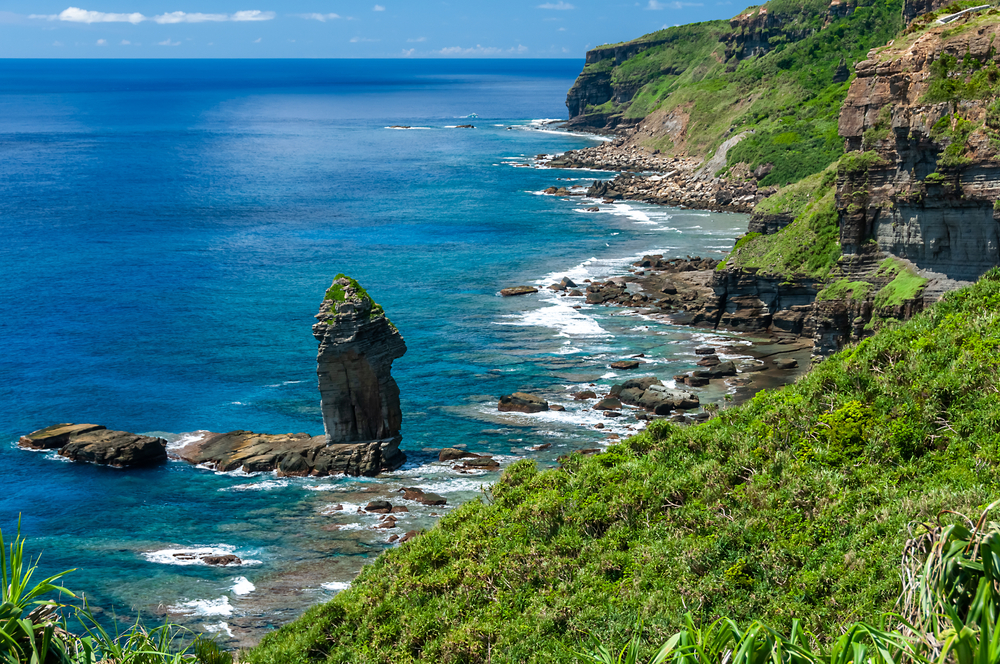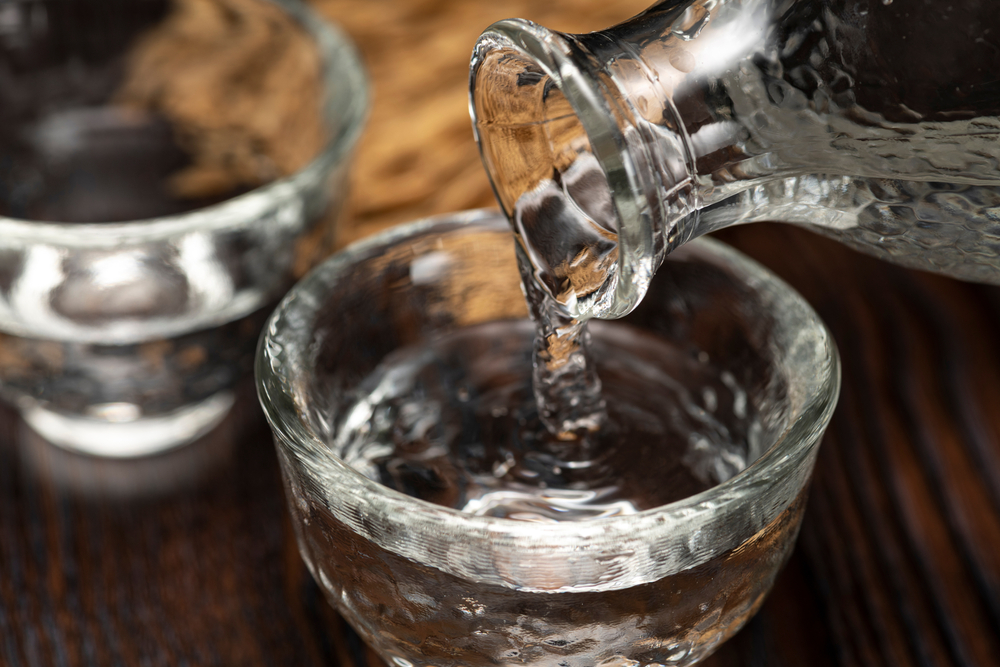Puerto Rican rapper, singer and songwriter Bad Bunny’s mega-hit “Yonaguni” has a few surprising Japan-related Easter eggs. His playful lyrics reference the anime Naruto, he (politely) raps in Japanese, and, during the end credits, there’s an anime-inspired scene under an avenue of cherry blossoms. Bad Bunny uses the song title’s namesake, the remote island of Yonaguni, as an indicator of the lengths he would go to be with the person he’s wooing. But where is Yonaguni and what’s special about it? Here are nine things you should know about this mysterious island:
1. It’s Japan’s Westernmost Island
Yonaguni Island is part of Okinawa’s Yaeyama archipelago, which includes major vacation destinations Ishigaki, Iriomote and Taketomi islands. It’s a tiny island with an area of less than 30 square kilometers and fewer than 2,000 people live there fulltime. Yonaguni is Japan’s westernmost island and only 111 kilometers away from Taiwan. For reference, Okinawa’s main island is 509 kilometers to the northeast and it’s a 90-minute plane journey from Naha Airport. Because of its remote location, it has developed a unique culture that separates it from other Okinawan islands and even from those within the same Yaeyama island group.
2. Yonaguni Boasts Japan’s Last Sunset
There’s so much focus on Japan being “the land of the rising sun”, but let’s not ignore the fact that the country has some spectacular sunsets too. Because Yonaguni lies so far west, this is the only place where you can catch the “last” sunset of the day in Japan. You’ll find it at Cape Irizaki, the westernmost point of the island, where a stone monument marks the spot. Got time? Stay for some stargazing. Thanks to the minimal light pollution here, the night sky view is unparalleled.
3. It’s Home to Japan’s Atlantis?
The waters around Yonaguni Island are one of the few places in the world you can swim with hammerhead sharks. You’re most likely to encounter them between November and April. One of the island’s most famous claims to fame, though, is the mysterious underwater Yonaguni Monument, which has long puzzled scientists. It was first discovered by local divemaster Kihachiro Aratake in 1986 and has caused intense debate over whether the submerged megaliths are manmade or the product of natural seismic events. Masaaki Kimura, marine geologist at the University of the Ryukyus, is convinced they are ruins dating back about 5,000 years. He has identified about 10 structures, which may be old temples, castle ruins and more. While we may not have a definitive answer yet, the area is open to divers so visitors can judge for themselves.
4. Yonaguni Has Its Own Endemic Horse Breed
The Yonaguni pony, which is indigenous to the island, is one of eight equine breeds native to Japan. Also known as the Ryukyu horse or shima uma (literally “island horse”), the Yonaguni pony is small but of hardy stock with a gentle nature. You’ll find many of them live a semi-wild existence on the island. They used to carry rice and sugar cane across the island but started to die out when farmers switched to motor vehicles. There are fewer than 130 ponies in existence today. However, there is hope thanks to the efforts of the Yonaguni Pony Society and other groups. In April 2020, Yonaguni Island opened Chimanma Hiroba, a Yonaguni pony-specific ranch for breeding and education. It also offers therapeutic and recreational riding experiences.
5. Yonaguni is Japan’s Most Endangered Language
Yonaguni Island has its own language, aptly named Yonaguni. It’s spoken by about 400 of its residents, making it Japan’s most endangered language. While the Japanese government only recognizes it as a dialect, UNESCO classifies it as a severely endangered language on the Atlas of the World’s Languages in Danger list. It is distinctly different from other Ryukyu languages, including Yaeyama from the neighboring Yaeyama islands. If you want to know more about this rare language, pick up a Yonaguni phrase book at Yonaguni Airport or Yonaguni Ethnographic Museum.
6. It’s an Island of Gods and Legends
Yonaguni has a rich mythology of gods and supernatural beings. One of the most famous tales is related to the towering Tachigami Rock, a natural structure found on the southeast coast of the island. It’s Yonaguni Island’s most prominent symbol and a sacred site. According to legend, a man decided to climb the rock to steal some bird eggs. He reached the top safely but couldn’t come down again. He prayed to the gods to help him and while he waited, he dozed off. When he awoke, he was safely on the island again. There are many more stories to be uncovered — find them at Yonaguni Ethnographic Museum.
7. San’ai Isoba was Yonaguni’s Fierce Woman Leader
A legendary woman known as San-ai Isoba ruled the island from the end of the 15th century to the beginning of the 16th century, before the Ryukyu Kingdom invaded and annexed the island. She is said to have been extremely powerful — physically, spiritually and politically. Her role was, as much as historians can surmise, a combination of chieftain and priestess. Some even refer to her as empress, as she assigned her brothers to rule over individual areas and villages. She is credited for many things: improving (or even introducing) agriculture on the island, organizing new villages to be built and protecting the island from outsiders. Yonaguni islanders all know where the site of her former house is, as well as where she is allegedly buried.
8. It’s the Only Place in the World that Makes Hanasake
Hanasake, or hanazake, is a variation of Okinawa’s indigenous tipple, awamori. It literally translates to “flower sake.” The name comes from the old tradition of testing awamori alcohol levels by pouring it from a certain height. The larger the amount of foam that appeared in the glass when doing this, the higher the alcohol content. Undiluted hanasake is one of the most potent of the awamori liquors at 60 percent alcohol (120 proof) and creates a flower-shaped foam. The name awamori itself comes from this foam-measuring method (awa means foam). If you’re keen on trying this spirit, there are three distilleries on the island. Sakimoto Sake Distillery, which opened in 1927, is the oldest of the three. You can even buy hanasake online (domestic delivery only).
9. There Are Only 3 ATMs on the Island
Most Japan-savvy people will be aware that cash is king here, but it’s good to be especially prepared before a visit to Yonaguni Island. Though some larger facilities take card payments, you don’t want to get caught strapped for cash. Why? Because there are only three ATMs on the whole island. Two of them are located in post offices and the third is at JA Okinawa’s Yonaguni Branch. (It’s also worth noting that none of them are open 24 hours and the JA Okinawa machine is not open on Sundays or holidays.) There are no convenience stores as city dwellers know them, the closest being a mom-and-pop shop called Amaran Shop, which, on top of daily necessities, sells bread and meat buns for quick snacks on the go.
There is plenty more to discover about this fascinating island. In the meanwhile, why not play “Yonaguni” on repeat and dream that you are there yourself?
Updated On June 6, 2022












